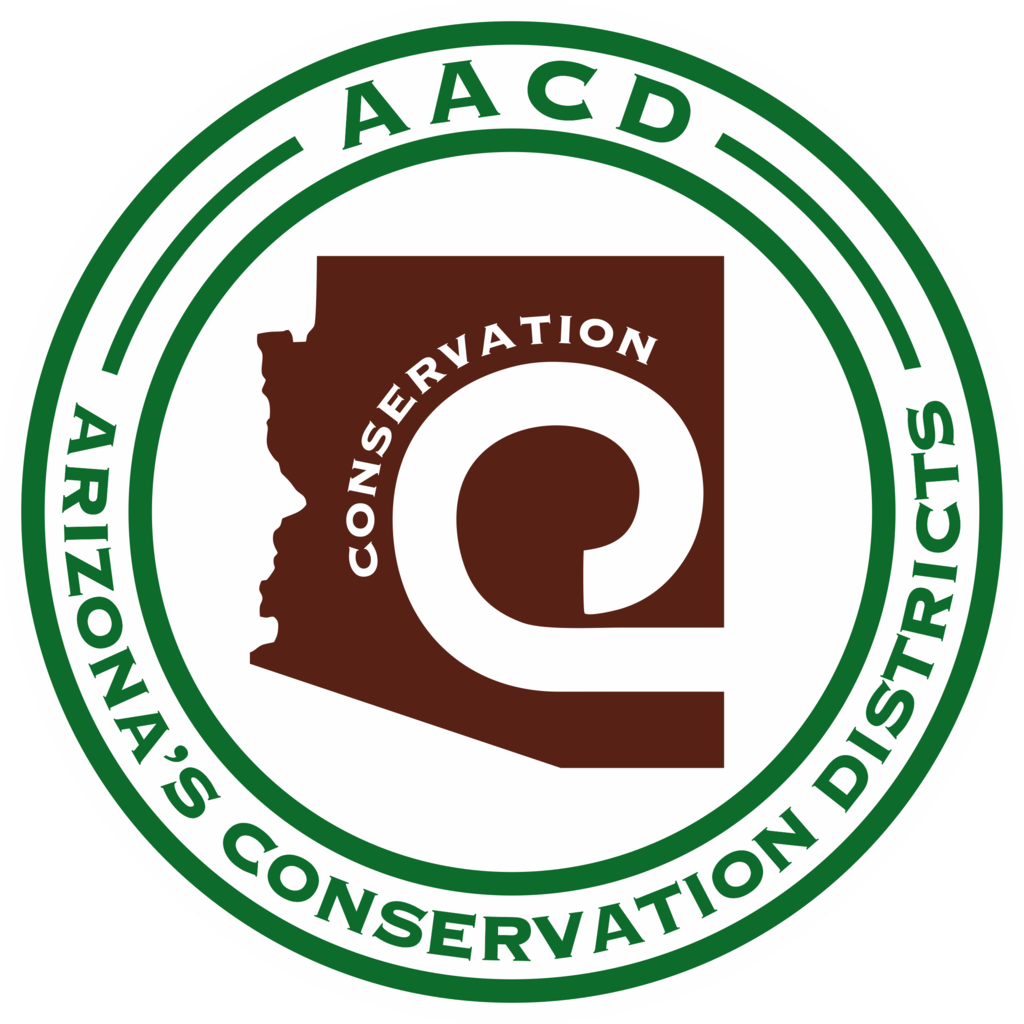
Arizona’s Climate-Smart Ag Program
How the Program Came to Be
USDA Partnerships for Climate-Smart Commodities Grant Program
Through the USDA Climate-Smart Commodities Grant, the AACD and Program Partners were awarded $4.9 million to support a climate-smart practices program in Arizona. The USDA is committed to supporting a diverse range of farmers, ranchers, and private forest landowners through Partnerships for Climate-Smart Commodities. This effort will expand markets for America’s climate-smart commodities, leverage the greenhouse gas benefits of climate-smart commodity production, and provide direct, meaningful benefits to production agriculture, including for small and underserved producers. Learn more here.
Arizona’s Climate-Smart Ag Program (ACSAP) was designed by Arizona’s Conservation Districts, AACD, and diverse partner groups to encourage growers in Arizona to adopt climate-smart agriculture and forestry practices that will allow for abundant agriculture while using practices that conserve water, promote healthy soil, and mitigate climate change providing beneficial ecosystem services, including carbon sequestration. The Program also emphasizes cross-cultural knowledge sharing between Native American producers and other participants.
For Producers Who Want to Participate
Producers who participate in the program will receive grant funds to help implement climate-smart practices that reduce pesticide and fertilizer inputs, reduce tillage, use diverse cover crops, rest pastures, and use rotational grazing on farms and ranches, and climate-smart commodities will be marketed through partnership networks.
Program Application
If you would like to participate in the program, please complete the provided application.
There are two options to apply: a digital fillable PDF (preferred) or a PDF you can print and fill out by hand (scan and email).
Please send your application in an email to Deborrah Smith, AACD CEO, at smith.aacd@gmail.com.
Climate-Smart Practices for AZ
Conservation Cover
“Establishing and maintaining permanent vegetative cover.” Read more here.
Mulching
“Applying plant residues or other suitable materials to the land surface.” Read more here.
Conservation Crop Rotation
“A planned sequence of crops grown on the same ground over a period of time.” Read more here.
Nutrient Management
“Manage rate, source, placement, and timing of plant nutrients and soil amendments while reducing environmental impacts.” Read more here.
No-Till
“Limiting soil disturbance to manage the amount, orientation and distribution of crop and plant residue on the soil surface year around.” Read more here.
Cover Crop
“Grasses, legumes, and other forbs planted for seasonal vegetative cover.” Read more here.
Reduced Till
“Managing the amount, orientation, and distribution of crop and other plant residue on the soil surface year-round while limiting soil-disturbing activities used to grow and harvest crops in systems where the field surface is tilled prior to planting.” Read more here.
Energy Efficient Agricultural Operation
“Onfarm facilities, equipment, and management strategies that provide increased energy efficiency.” Read more here.
Prescribed Grazing
“Managing the harvest of vegetation with grazing and/or browsing animals with the intent to achieve specific ecological, economic, and management objectives.” Read more here.
Read up on all of NRCS’s listed Climate-Smart Agriculture and Forestry Mitigation Activities
Program Partners
Partner Links
Local First Arizona’s Good Food Finder Blog














